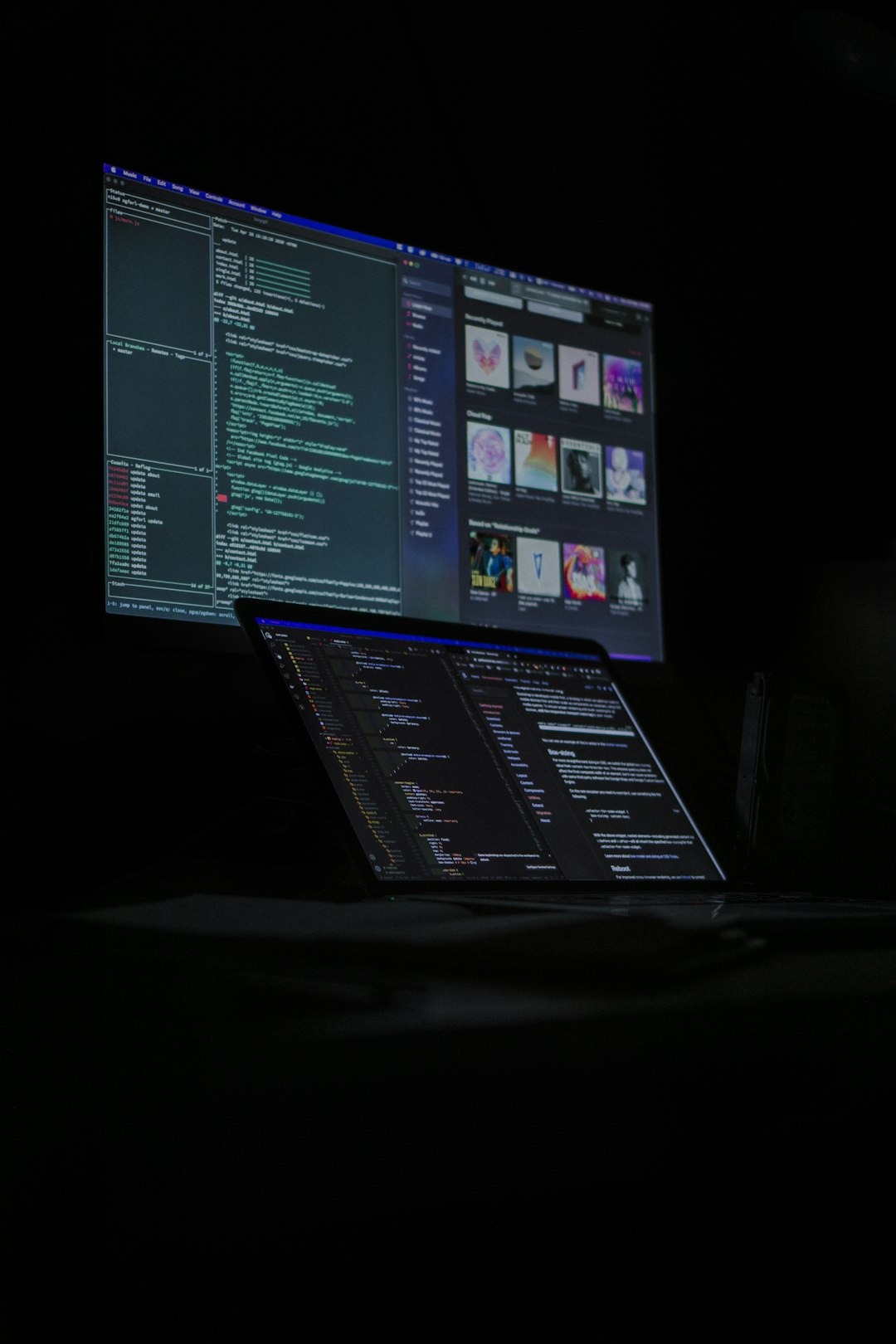
Enhance Visuals with Optimized Code and Payload Efficiencies Always
In the fast-evolving world of web development and application deployment, optimizing visuals and code efficiency has become a critical focus. The term “Enhance Visuals with Optimized Code and Payload Efficiencies Always” captures the essence of creating visually appealing user interfaces while ensuring the underlying architecture is efficient. This article delves into the best practices, tools, and emerging trends that can help developers and organizations achieve this balance.
The Importance of Visual Optimization
Visual optimization is not merely about aesthetics; it is about improving user experience (UX). A well-designed interface not only attracts users but also encourages them to stay longer and engage more with the content. Here are some key benefits of optimizing visuals:
1. Faster Load Times
Optimized images and graphics can significantly reduce load times, enhancing user satisfaction. According to Google, a one-second delay in load time can lead to a 7% reduction in conversions. Tools like ImageOptim and TinyPNG can help compress images without compromising quality.
2. Improved SEO Rankings
Search engines prioritize websites that load quickly and provide a seamless user experience. By enhancing visuals and code efficiency, you can improve your website’s visibility in search engine results pages (SERPs). Ensure that images contain descriptive alt text and use appropriate file formats.
3. Increased Engagement
An appealing visual design fosters user engagement. Interactive elements, animations, and well-placed images can keep users interested and reduce bounce rates. However, it is crucial to balance visual elements with performance to avoid slowing down the site.
Optimizing Code for Efficiency
While visuals are critical, the underlying code must also be efficient. Here are some strategies to optimize code:
1. Minification
Minification involves removing unnecessary characters from code without changing its functionality. This process reduces file sizes, resulting in faster load times. Utilize tools like UglifyJS for JavaScript and CSSNano for CSS.
2. Lazy Loading
Implementing lazy loading can significantly enhance page performance. This technique allows images and videos to load only when they are in the viewport. It reduces the initial payload and speeds up load times. Use the loading="lazy" attribute in HTML for images.
3. Code Splitting
Breaking up large JavaScript files into smaller chunks can improve load performance. Code splitting enables the browser to load only what is necessary for the initial view. Tools like Webpack can help automate this process.
Emerging Trends in Visual and Code Optimization
1. Progressive Web Apps (PWAs)
PWAs are becoming increasingly popular due to their ability to offer a native app-like experience in web browsers. They are designed to be fast, reliable, and engaging, making them an excellent choice for enhancing visuals and optimizing code.
2. Server-Side Rendering (SSR)
SSR can improve the performance of web applications by rendering content on the server before sending it to the client. This approach can enhance SEO and speed up the initial page load, making it ideal for content-heavy sites.
3. Artificial Intelligence (AI) and Machine Learning (ML)
AI and ML are transforming how visuals are created and optimized. Tools like Adobe Sensei leverage AI to automate image enhancement, while ML algorithms can analyze user behavior to inform design choices.
Practical Applications and Case Studies
Several companies have successfully implemented these practices to enhance visuals and optimize code. For example, eCommerce giant Amazon focuses heavily on image optimization to ensure quick load times, resulting in higher conversion rates. Similarly, Airbnb applies lazy loading techniques to improve the speed of their listings, leading to better user engagement.
Resources and Tools for Further Learning
- Google PageSpeed Insights: Analyze and optimize your website’s performance.
- Web.dev: Offers a wealth of resources on web performance and optimization.
- GTmetrix: A tool for analyzing page performance and providing actionable recommendations.
Conclusion
Enhancing visuals with optimized code and payload efficiencies is essential for modern web development. By implementing best practices, utilizing the right tools, and staying abreast of emerging trends, developers can create engaging and efficient web applications.
For further insights into DevOps and continuous deployment, consider subscribing to our newsletter or sharing this article with your network to foster a broader conversation on this crucial topic.
Glossary of Terms
- Lazy Loading: A design pattern that postpones loading of non-critical resources at the point the page is initially loaded.
- Minification: The process of removing unnecessary characters from code to reduce its size.
- Progressive Web Apps (PWAs): Web applications that offer enhanced capabilities, performance, and user experience.
By focusing on enhancing visuals and optimizing code, you can ensure that your web applications not only meet but exceed user expectations. Embrace these practices to stay competitive in an ever-changing digital landscape.
Tags
#DevOpsAutomation #UbuntuAdmin #ContinuousDeployment #Github #VisualOptimization #CodeEfficiency


